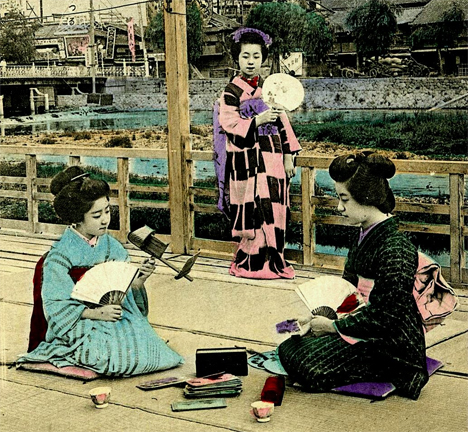
Photographs of Japan from the Meiji and Taisho Periods (1868-1926) have captivated viewers around the world since they were first circulated. One photographer in particular captured Japanese life so beautifully that his work has been seen by countless people all across the globe. Until very recently, though, his name was virtually unknown. Now we know that the prolific photographer’s name was T. Enami – or rather, that was his trade name. He was born Enami Nobukuni, and his work made a deep and far-reaching impact on photography.
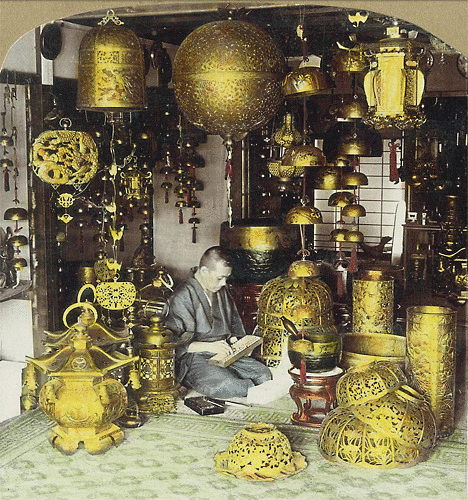
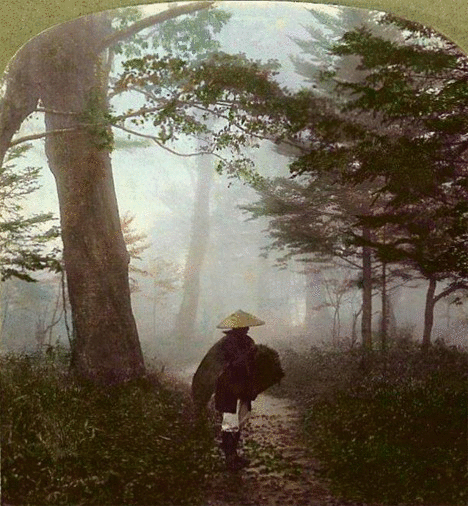
Some of T. Enami’s most popular and memorable works were his stereograms: two nearly-identical 2D images taken from slightly different angles that, when viewed together through a stereograph, appear three-dimensional. Here they are animated to give the 3D effect, but all of the originals can be seen on Okinawa Soba’s Flickr collection.
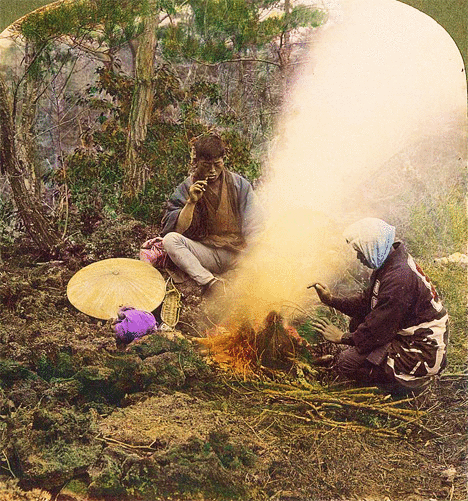
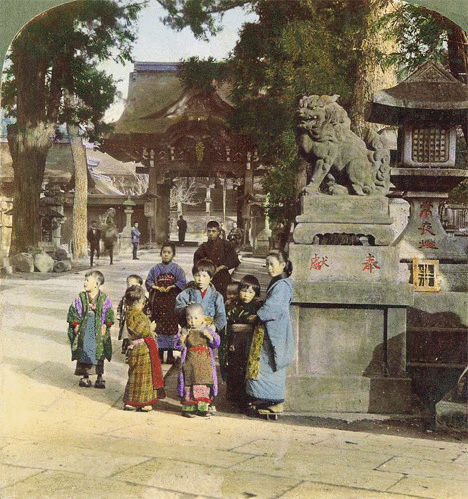
Enami started his career as a traditional photographer, but later embraced the more “modern” stereoviews and lantern slides. Judging from his carefully staged stereograms, he approached his work with a great deal of attention to detail. The colors on these stereograms were all hand-painted, and the resulting product was sold around the world. Today, collectors treasure these exquisitely detailed antique images.
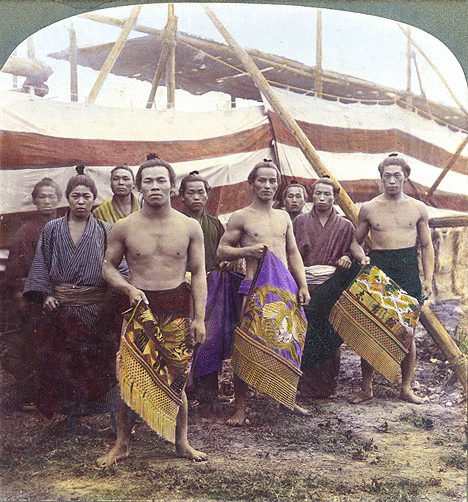
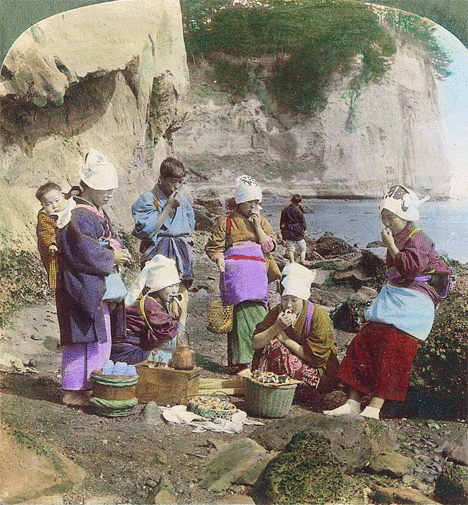
T. Enami ran a photography studio in Yokohama until his death in 1926. His work spanned a multitude of areas, including postcards, large-format prints, private portraits, glass transparencies, photo processing and print-making, and numerous commercial photography projects. His photographs have appeared several times in the pages of National Geographic, a true honor for any photographer. One of his half-stereoview images was even used on the cover of their 100th-anniversary book Odyssey: The Art of Photography at National Geographic.
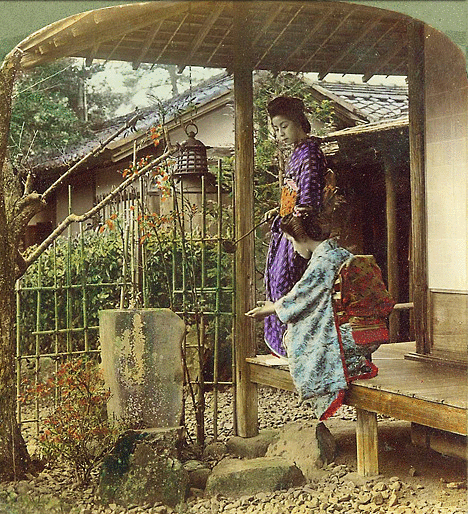
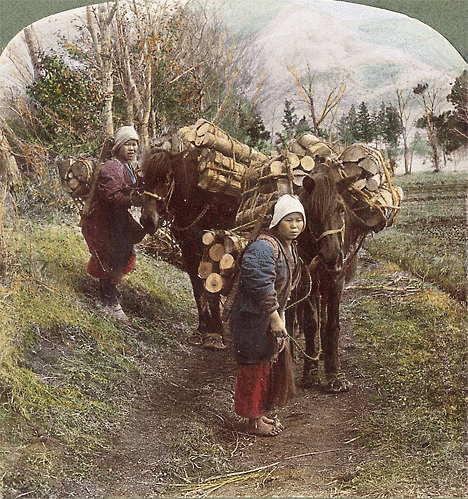
Despite his monumental contributions to early Japanese photography, T. Enami’s identity was not widely known outside of Japan until around 2006, when his descendants shared information about him with biographers and collectors. He was the only photographer of his era known to work in all contemporary commercial and artistic formats, and it can be said that his work has been seen by more people than that of the more established “masters” of his time.
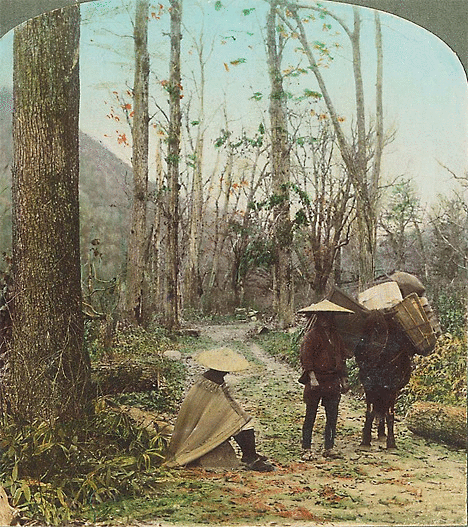
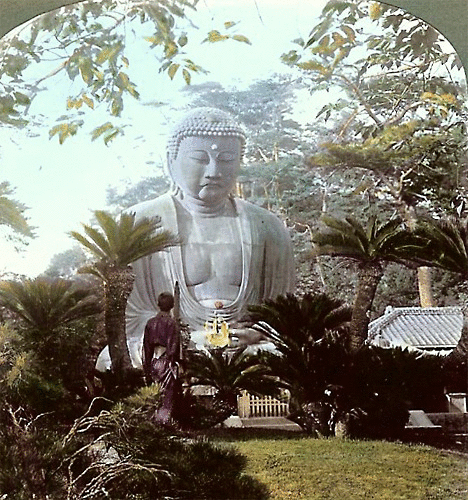
The appropriate credit is now being given to thousands of Enami photographs that were previously unattributed or simply attributed to the wrong photographer. Enami is now, finally, in his rightful place amongst the most influential early Japanese photographers. A detailed biography of T. Enami can be found at T-Enami.org, and even more of his animated stereograms can be found at Pink Tentacle.
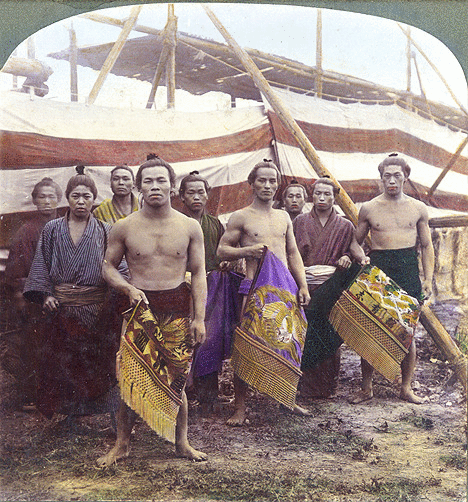
[Whoops! Double-WU Jeopardy: Also See: This Just Published]
The opportunity to catch a glimpse at life in a long-ago era in 3D is rare indeed, but thanks to the stereoviews taken by photographer T. Enami, Meiji Japan in the early 1900s momentarily appears vivid and immediate. Enami was Japan’s most prolific stereo-photographer, and his stereoviews have appeared in National Geographic Magazine and many books.
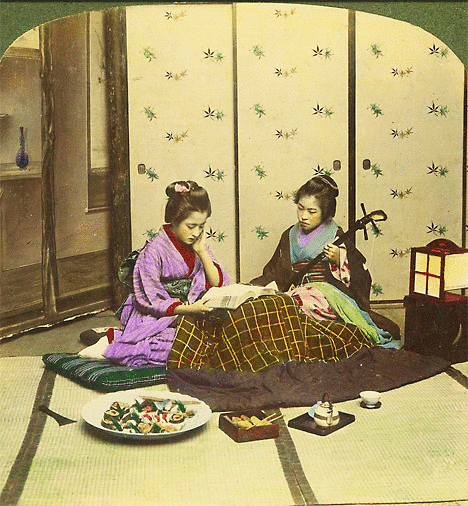
Each pair of images captured by Enami, ranging from landscapes and sedate scenes of country life to humorous photographs of beefy men bathing nude, has been assembled in a Flickr gallery by Okinawa Soba and transformed into animated GIFs by Pink Tentacle.
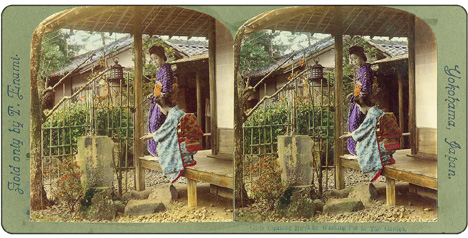
In traditional stereoscopic photography, a three-dimensional illusion is created from a pair of 2-D photographs that represent two slightly different perspectives of the same object or scene. The deviation between the two photographs is similar to the perspectives that both eyes naturally receive in binocular vision.
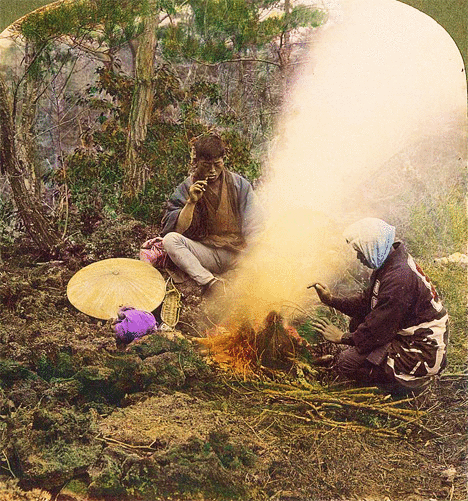
Such images are normally viewed in 3-D using a stereoscope, but ‘freeviewing’ is also possible, with a process that involves putting one’s eyes directly over the images and slowly backing away while focusing on the single merged, out-of-focus picture that appears.
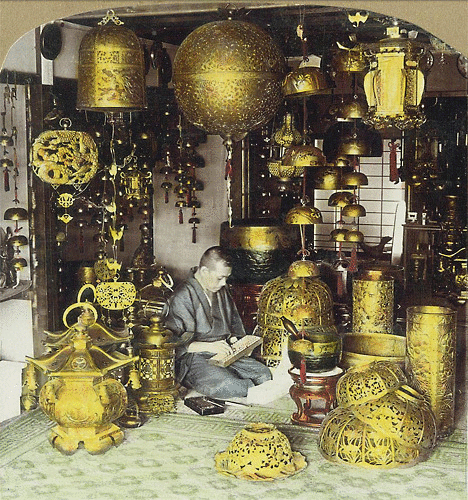
Enami was an enigmatic figure for many decades after his death, but information provided by his descendents in 2006 helped bring together a stunning collection of work. The online archive of his photographs represents only a small fraction of his remarkable legacy.


Leave a reply